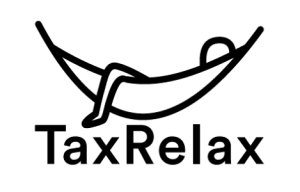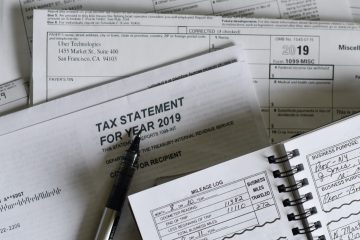February marks the official start of tax season. Soon, we will relive the year 2020 while detailing the income (or lack thereof) and expenses incurred over an unprecedented year. Canada’s federal and provincial tax authorities have made announcements and changes to tax rules that are sure to make this year’s tax time an interesting (and potentially confusing) one.
Don’t leave deductions on the table
This year, many Canadians will be eligible for deductions for the first time. Those who had unexpected medical, childcare or caregiving expenses will be pleased to know that they will be able to deduct these amounts from their income. Unfortunately, many will fail to do so and potentially leave thousands of dollars in much needed refunds on the table.
Home office expenses
Like every year, home office expenses can be used as a tax credit, however, the procedure has been revamped. A temporary flat-rate method has been put in place. Canadians will be able to deduct $2 per day worked at home up to $400. A detailed method is available if your home office cost you more than $400. Eligible deduction are not limited to the new printer and filing cabinet you might have bought; Canadians can deduct their rent, hydro, home maintenance, internet and cell phone bills in proportion to the area of their home office (usually between 10%-20%). The catch is that the taxpayer’s employer will have to sign the T2200 form and agree to the detailed expenses. Despite the higher tax refund that will often come as a result of the detailed method, many Canadians are expected to opt for the temporary flat-rate method.
New ways to file
Many will be filing their taxes for the first time this year as CERB is a taxable benefit much like Employment Insurance. The influx of new tax-filers and a limited capacity for professional tax preparers will surely put pressure on traditional filing methods.
Looking for a quick, easy, and affordable way to file your taxes this year? Enter your contact information on the taxrelax.ca homepage and you’ll be contacted by phone, email or videoconference by a certified tax professional to guide you through the process.

